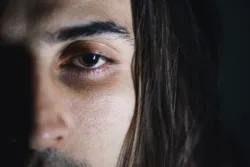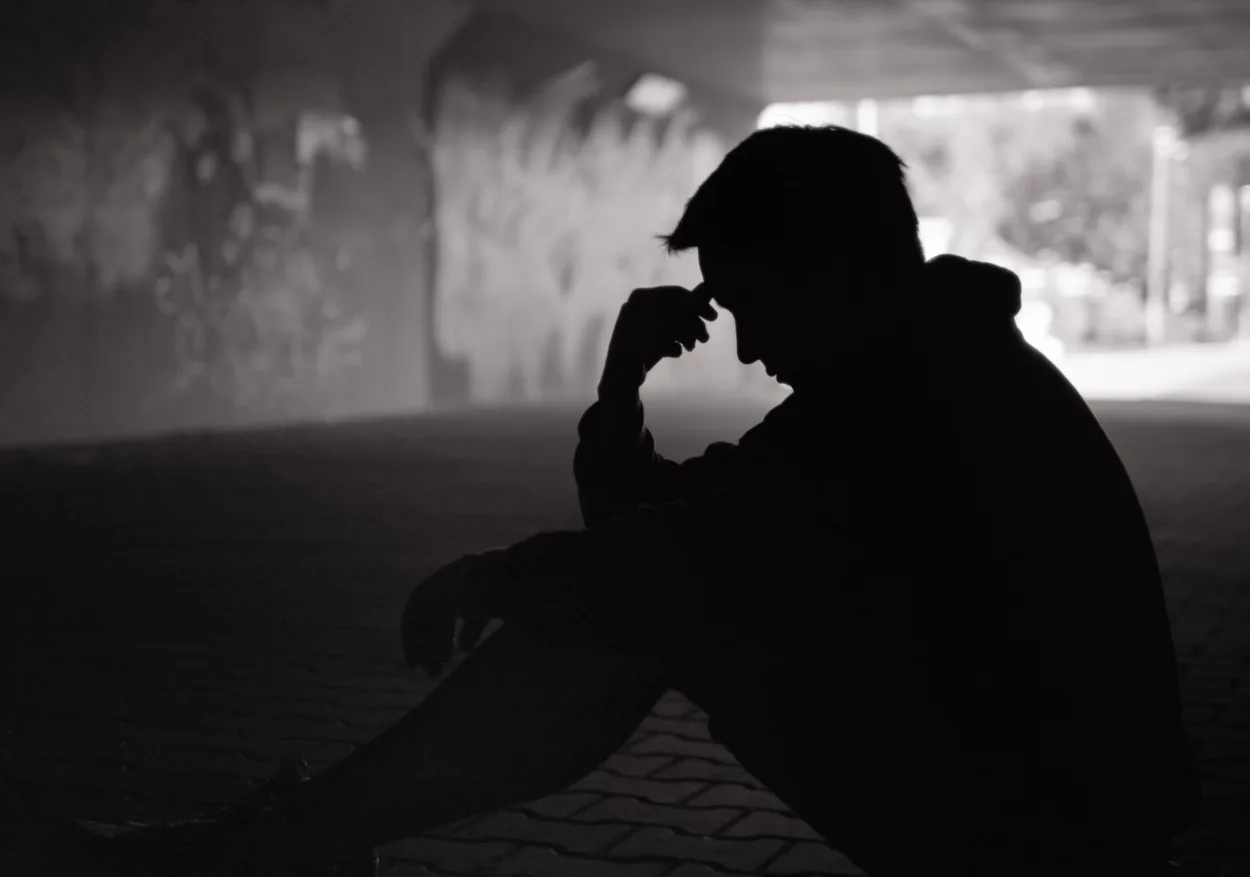Recognizing “Heroin Eyes” and Other Physical Signs of Heroin Use

Heroin use ravages the body inside and out. One telltale visible sign that an individual has been using is the phenomenon known as “heroin eyes.” In this blog, we’ll describe what heroin eyes look like and explore the broader physical effects and signs of heroin use.
What Are Heroin Eyes?
The phrase “heroin eyes” refers to the distinct physical appearance of a person’s eyes after using the potent opioid drug. Heroin eyes are a result of the drug’s effects on the body’s central nervous system and vascular system. When someone uses heroin, the drug causes blood vessels to constrict, leading to a noticeable change in the appearance of the eyes.
What Do Heroin Eyes Look Like?
Heroin eyes are often described as having constricted pupils. Sometimes, this is referred to as “pinpoint pupils,” as the pupils are significantly smaller than usual, resembling the head of a pin. Pinpoint pupils are a classic indicator that an individual is using heroin or other opioids. In addition to constricted pupils, heroin eyes may also appear droopy or heavy-lidded, reflecting the sedative effects of the drug.
Physical Effects of Heroin
Understanding heroin eyes requires insight into the broader physical effects of heroin on the body. Heroin is a depressant that slows down vital functions such as heart rate, breathing and blood pressure. These effects contribute to the characteristic appearance of someone under the influence of heroin, including:
1. Euphoria: Heroin induces a sense of intense pleasure and relaxation, often described as a “rush” or “high.” This euphoric state is a significant factor driving the drug’s addictive potential.
2. Sedation: Heroin users may experience profound drowsiness and sedation, leading to lethargy and slowed movements.
3. Nausea and vomiting: Many heroin users experience nausea and may vomit shortly after taking the drug, particularly if it’s their first time using or if they’ve taken a high dose.
4. Itching: Heroin can cause intense itching, often referred to as “the itch,” which results from the release of histamines in response to the drug.
5. Respiratory depression: Perhaps the most dangerous effect of heroin is its ability to slow down breathing to dangerous levels. Respiratory depression can lead to hypoxia (lack of oxygen) and, in severe cases, respiratory arrest and death.
Physical Signs of Heroin Use
In addition to heroin eyes, several other physical signs may indicate heroin use:
1. Track marks: Injecting heroin often leaves visible marks on the skin, known as track marks. These marks can appear as small puncture wounds or scars, typically found on the arms but also potentially on other parts of the body.
2. Skin changes: Chronic heroin use can lead to significant changes in the skin, including pallor (pale skin), dryness and skin infections.
3. Weight loss: Heroin use can suppress appetite, leading to weight loss and malnutrition over time.
4. Dental problems: Poor dental hygiene and a tendency to consume sugary foods and drinks while under the influence of heroin can contribute to dental decay and gum disease.
5. Vein damage: Injecting heroin can cause damage to veins, leading to collapsed veins or venous ulcers.
Seeking Help
Recognizing the physical signs of heroin use, including heroin eyes, is crucial for identifying individuals who may be struggling with addiction and getting them the help they need. Heroin addiction is a complex and challenging condition, but recovery is possible with the right support and treatment.
If you or someone you know is struggling with heroin addiction, don’t hesitate to reach out for help. There are numerous resources available, including addiction treatment programs, support groups and mental health professionals, who can provide the guidance and support needed to overcome addiction and rebuild a healthy, fulfilling life. Remember, you are not alone, and recovery is possible.







